3,4-Dichloro-N-(1-Methylbutyl)benza-Mide
Synonym(s):3,4-Dichloro-N-(1-methylbutyl)-benzamide;3,4-Dichloro-N-(pentan-2-yl)benzamide;NSC 405020
- CAS NO.:7497-07-6
- Empirical Formula: C12H15Cl2NO
- Molecular Weight: 260.16
- MDL number: MFCD02006898
- EINECS: 804-136-9
- SAFETY DATA SHEET (SDS)
- Update Date: 2024-11-19 23:02:33
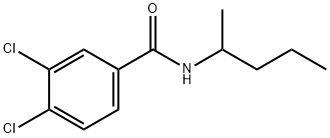
What is 3,4-Dichloro-N-(1-Methylbutyl)benza-Mide?
Description
NSC-405020 (7497-07-6) is a membrane type-1 matrix metalloproteinase (MMP14 or MT1-MMP) inhibitor that prevents homodimerization and inhibits MMP14’s protumorigenic activity?in vivo. (IC50?> 100 μM). Inhibition is via interaction with the hemopexin domain (PEX) of MMP14. NSC-405020 does not interfere with the catalytic activity of MT1-MMP or MMP-2.? Suppresses bone erosion in a c-Fos-deficient mouse model.2?Decreases arsenic-mediated invasion of human squamous cell carcinoma HSC5 cells.3
The Uses of 3,4-Dichloro-N-(1-Methylbutyl)benza-Mide
NSC 405020 is a novel, selective, and noncatalytic membrane type-1 matrix metalloproteinase (MT1-MMP) inhibitor that directly interacts with the homopexin (PEX) domain of MT1-MMP.
storage
Store at RT
References
1) Remacle?et al.?(2012),?Novel MT1-MMP small-molecule inhibitors based on insights into hemopexin domain function in tumor growth;? Cancer Res.,?72?2339 2) Kittaka?et al.?(2018)?Cherubism Mice Also Deficient in c-Fos Exhibit Inflammatory Bone Destruction Executed by Macrophages That Express MMP14 Despite the Absence of TRAP+ Osteoclasts?; J. Bone Miner. Res.,?33?167 3) Thang?et al.?(2014)?Bidirectional functions of arsenic as a carcinogen and an anti-cancer agent in human squamous cell carcinoma; PLoS One,?9(5)?e96945
Properties of 3,4-Dichloro-N-(1-Methylbutyl)benza-Mide
| Boiling point: | 353.7±32.0 °C(Predicted) |
| Density | 1.182±0.06 g/cm3(Predicted) |
| storage temp. | Sealed in dry,Room Temperature |
| solubility | Soluble in DMSO (up to 25 mg/ml) or in Ethanol (up to 25 mg/ml). |
| pka | 13.38±0.46(Predicted) |
| form | powder |
| color | white to beige |
| Stability: | Stable for 2 years from date of purchase as supplied. Solutions in DMSO or ethanol may be stored at -20°C for up to 3 months. |
Safety information for 3,4-Dichloro-N-(1-Methylbutyl)benza-Mide
| Signal word | Warning |
| Pictogram(s) |
 Exclamation Mark Irritant GHS07 |
| GHS Hazard Statements |
H302:Acute toxicity,oral |
| Precautionary Statement Codes |
P280:Wear protective gloves/protective clothing/eye protection/face protection. P305+P351+P338:IF IN EYES: Rinse cautiously with water for several minutes. Remove contact lenses, if present and easy to do. Continuerinsing. |
Computed Descriptors for 3,4-Dichloro-N-(1-Methylbutyl)benza-Mide
New Products
4-(Dimethylamino)tetrahydro-2H-pyran-4-carbonitrile 4-AMINO-TETRAHYDRO-PYRAN-4-CARBOXYLIC ACID 4-Aminotetrahydropyran-4-carbonitrile Hydrochloride (R)-3-Aminobutanenitrile Hydrochloride 4-AMINO-TETRAHYDRO-PYRAN-4-CARBOXYLIC ACID HCL 3-((Dimethylamino)methyl)-5-methylhexan-2-one oxalate 5-Bromo-2-nitropyridine Nimesulide BP Aceclofenac IP/BP/EP Diclofenac Sodium IP/BP/EP/USP Mefenamic Acid IP/BP/EP/USP Ornidazole IP Diclofenac Potassium SODIUM AAS SOLUTION ZINC AAS SOLUTION BUFFER SOLUTION PH 10.0(BORATE) GOOCH CRUCIBLE SINTERED AQUANIL 5 BERYLLIUM AAS SOLUTION Methylcobalamin (vitamin B12) SODIUM METHYL PARABEN SODIUM VALPROATE AMOXICILLIN (AMOXYCILLIN) TRIHYDRATE ACICLOVIRRelated products of tetrahydrofuran
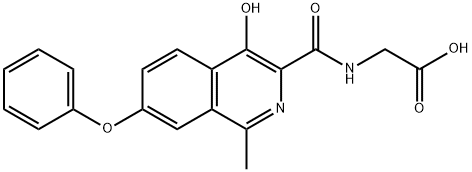

![5-[(4-chlorophenyl)methylidene]-1,3-thiazolidine-2,4-dione](https://img.chemicalbook.in/CAS/GIF/24138-83-8.gif)
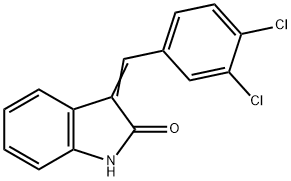
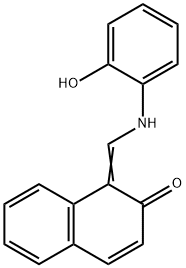
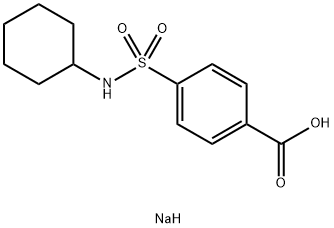
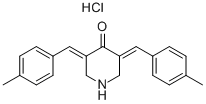
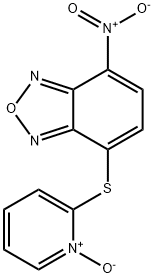
You may like
-
 Nsc 405020 95% CAS 7497-07-6View Details
Nsc 405020 95% CAS 7497-07-6View Details
7497-07-6 -
 MT1-MMP Inhibitor, NSC405020 CAS 7497-07-6View Details
MT1-MMP Inhibitor, NSC405020 CAS 7497-07-6View Details
7497-07-6 -
 1823368-42-8 98%View Details
1823368-42-8 98%View Details
1823368-42-8 -
 2-(3-(tert-butyl)phenoxy)-2-methylpropanoic acid 1307449-08-6 98%View Details
2-(3-(tert-butyl)phenoxy)-2-methylpropanoic acid 1307449-08-6 98%View Details
1307449-08-6 -
 Ethyl 3-(furan-2-yl)-3-hydroxypropanoate 25408-95-1 98%View Details
Ethyl 3-(furan-2-yl)-3-hydroxypropanoate 25408-95-1 98%View Details
25408-95-1 -
 2-Chloro-5-fluoro-1-methoxy-3-methylbenzene 98%View Details
2-Chloro-5-fluoro-1-methoxy-3-methylbenzene 98%View Details
1805639-70-6 -
 1784294-80-9 98%View Details
1784294-80-9 98%View Details
1784294-80-9 -
 Lithium ClavulanateView Details
Lithium ClavulanateView Details
61177-44-4